Trump's Tariff Strike Hits American Cars Hard
![]() 04/01 2025
04/01 2025
![]() 465
465
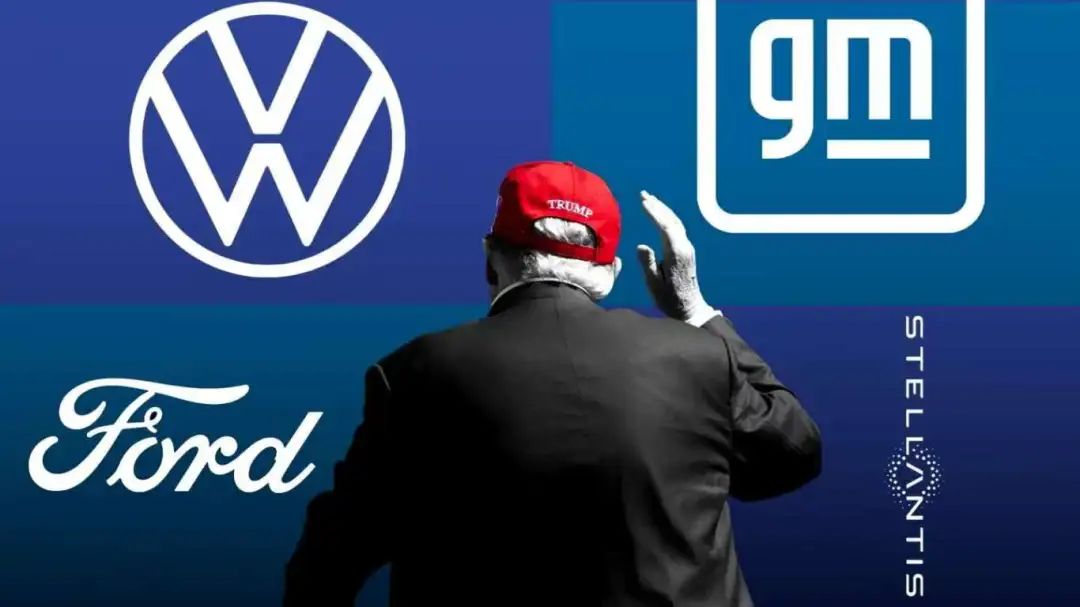
Introduction
No one can remain unscathed, not even the United States itself.
Last month, we penned an article titled "Trump's Tariff Stick: A Double-Edged Sword." Since taking office, Trump has stood at the center stage, casually wielding his tariff stick. Wherever this magic wand points, no one escapes unscathed, including the United States.
Now, the die is cast.
Trump signed an executive order at the White House, imposing a tariff of up to 25% on all imported cars, effective April 2. This measure applies to imported passenger cars, light trucks, and key auto parts (engines, transmissions, and powertrains, among others).
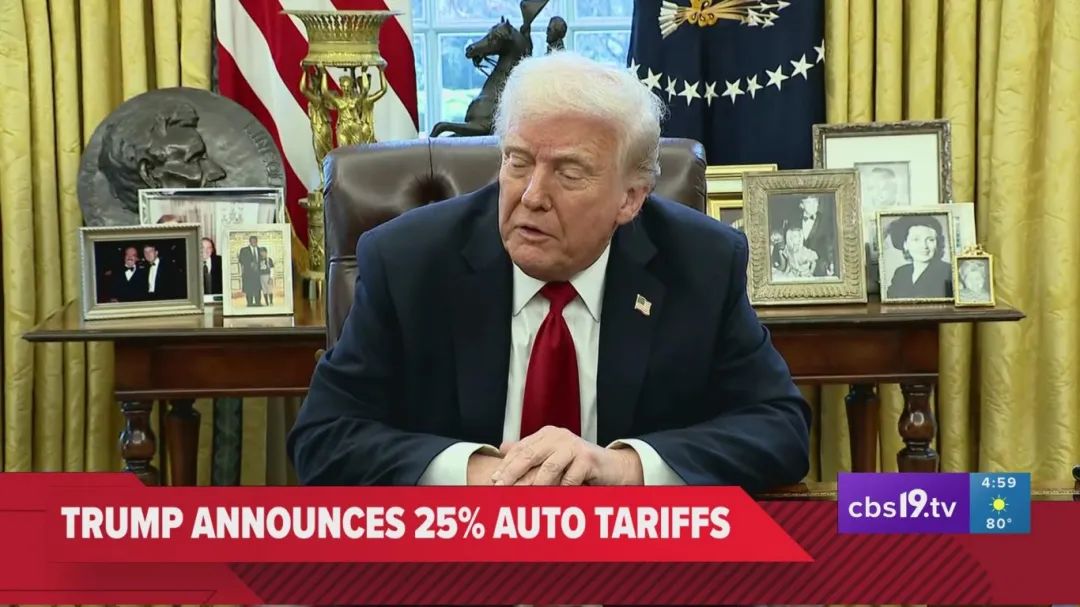
The American automotive industry was plunged into despair upon hearing the news. It is widely believed that Trump's new policy, cloaked under the guise of "protecting local manufacturing," aims to create obstacles for other countries but imposes cost pressures and disrupts supply chains for American automakers.
S&P Global Mobility data reveals that these tariffs will cause annual U.S. car sales to plummet from 16 million in 2024 to between 14.5 million and 15 million.
Unperturbed by the dismay of American automakers, Trump even told an American media outlet in a recent interview that these negative complaints are unworthy of attention, as long as foreign car prices rise, most Americans will opt for American cars.
01 Entry-Level Cars Bear the Brunt
Trump believes that tariffs will lead to the revival of manufacturing jobs and the prosperity of the American automotive industry. However, American experts generally concur that high import tariffs will have the opposite effect and can backfire if not handled prudently.
A Reuters analysis shows that working-class car buyers will be hardest hit, as almost all low-priced new cars sold in the United States are manufactured abroad.
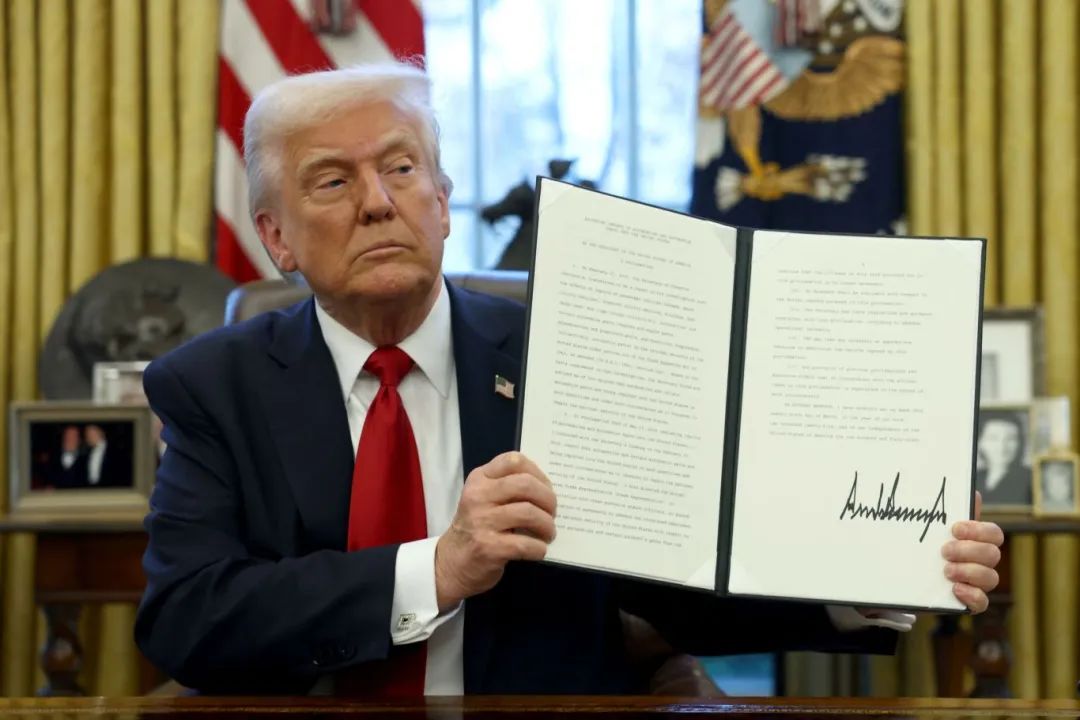
Data indicates that the average price of a new car in the United States is nearly $30,000, with models priced below $30,000 being a rarity. The only way automakers can profit from economical new cars is by manufacturing them in countries with lower costs, such as Mexico, Japan, and South Korea.
The three models sold by General Motors in the United States that cost less than $30,000 are the Buick Envista, the Chevrolet Trax, and the Chevrolet Trailblazer, all manufactured in South Korea. Ford's cheapest models sold in the United States, such as the compact truck Maverick, are mostly produced in Mexico. The most affordable Jeep Compass is also produced in Mexico.
Perhaps even Trump himself didn't anticipate that high tariffs could shake his popular base. A poll conducted by Edison Research found that about half of voters with household incomes below $50,000 support Trump in the 2024 election, and as many as 56% of voters without a college degree also back him.
This implies that these groups may be the first to feel the pinch of import tariffs. After all, in the United States, the cost of many family cars nearly reaches half the value of a low-income family's home.

Imposing high tariffs on entry-level cars and raising prices will also prompt automakers to abandon such cheap products altogether.
In recent years, the Big Three in Detroit (Ford, General Motors, and Stellantis) have gradually phased out most entry-level models, focusing instead on highly profitable trucks and SUVs, leaving the economical car market almost entirely dominated by Asian manufacturers. Vehicle profit margins are slim, and buyers are price-sensitive, so high tariffs may render related models unsellable.
02 "Made in America" is a Paradox
"If cars are made in America, there will be no tariffs."
While announcing the tariff policy, Trump repeatedly underscored the benefits of high tariffs for American manufacturing. He also stated in an interview a few days ago that the auto tariffs will be permanent, encouraging automakers and supply chains to relocate to the United States.
Defining "Made in America" is no easy feat. Trump's tariff "bombardment" could disrupt the North American integrated supply chain that has existed for over 25 years, given that the automotive manufacturing industry is a complex global system engineering. Before the final assembly of a complete vehicle, some auto parts may cross borders six times or more.
Take the Ford F-150 as an example. Even for models fully assembled in the United States, there are approximately 2,700 major billable components sourced from at least 24 different countries. The Cadillac CT4 assembled in the United States has only 15% of its parts sourced from the U.S. and Canada, with another 49% produced in Mexico.
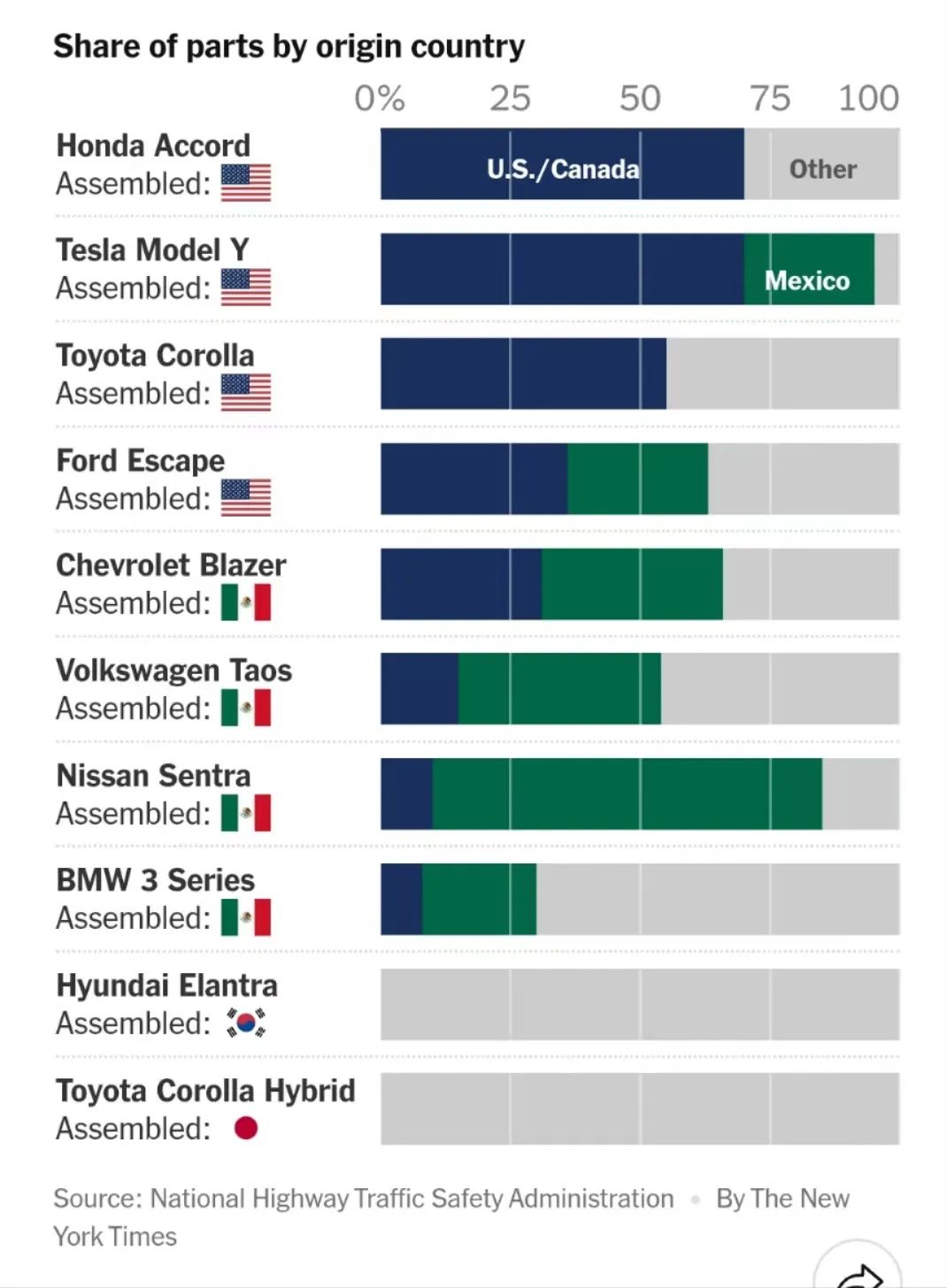
Industry research reveals that almost no American car is made entirely of American parts. According to Global Data, about one-third of pickup trucks sold in the United States are manufactured in Mexico and Canada. Pickup trucks are the backbone of the American automotive industry, long bringing high profits to the Big Three in Detroit.
Consider the Acura ADX under Honda. According to data from the National Highway Traffic Safety Administration (NHTSA), although this model is assembled in Mexico, up to 30% of its parts are produced in the United States or Canada by value.
Data from the American online car trading platform Cars.com shows that only about half of the new car inventory in the United States is finally assembled in the United States, about 19% in Mexico, 4.2% in Canada, and 1.4% in China. Mexico and Canada are crucial production bases for the United States, but they are not spared from Trump's tariffs.

General Motors is particularly at risk.
The company produces about 840,000 cars annually in Mexico and 150,000 in Canada. Cars assembled by General Motors in Mexico account for about 25% of its U.S. sales in 2024, compared to 18% for Ford. Cars imported from Canada account for 5% of General Motors' U.S. sales and about 3% for Ford.
03 Supply Chain Shifts Take Time
Cox Automotive estimates that a 25% tariff will increase the cost of cars made in the United States by $3,000 and those made in Canada or Mexico by $6,000.
Automakers typically set a profit margin of 6% to 8% for themselves, leaving little room for maneuver. Most automakers have narrow profit margins and little buffer space. Take General Motors, which has strong profitability, as an example. Its net profit margin last year was only 3.2%, meaning that most of the tariff costs will eventually be passed on to consumers.
Industry experts state that automakers can respond to Trump's tariff policy in various ways, but almost all responses will lead to price increases, fewer models, or simplified products. Essentially, it's about passing on tariff costs.
There are also longer-term considerations.
Automakers are hesitant about whether to spend 2-3 years transferring production and supply chains or pay high tariffs in the short term due to such an aggressive tariff policy that is likely to persist beyond Trump's presidency.
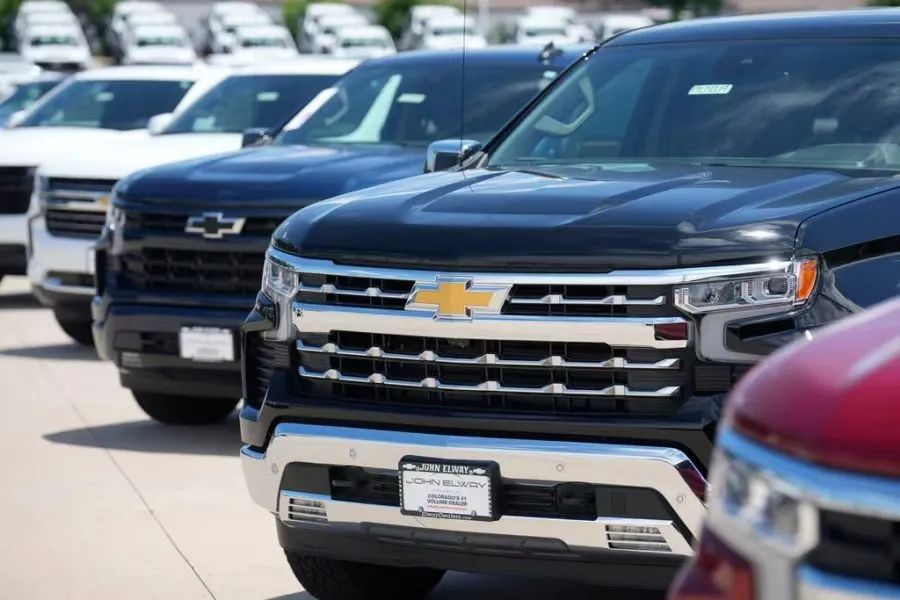
Some companies are undecided. How can they justify investing hundreds of millions of dollars when the policy outlook is uncertain? If the policy reverses in two or three years, this investment will be lost.
After all, the nature of the automotive manufacturing industry dictates that any changes companies make to their manufacturing footprint will take years. No automaker can relocate production and supply chains overnight.
Plans to relocate the automotive manufacturing industry to the homeland often require billions of dollars in investment, the reorganization of complex supply chains involving suppliers from dozens of countries, and several years of time, which many automakers cannot afford.
Ford CEO Jim Farley has warned that long-term tariffs will "erase" automakers' profits and force management to make significant decision changes, including relocating manufacturing plants to the United States. However, building new facilities is a long-term process, and the company remains vulnerable to costs.
Some automakers may also opt for inaction.
Everyone is aware that the impact of Trump's round of tariffs is far-reaching. Rather than disrupting their own operations, they might bet that the severe consequences triggered by tariffs will compel the government to change course.
After fluctuations in terminal prices, American consumers will inevitably react strongly. Excessive price increases will lead to a sharp decline in new car sales, triggering a vicious cycle of declining revenue and rising costs. Economists warn that in the worst-case scenario, this turmoil could spark an economic recession.
Editor-in-Chief: Du Yuxin, Editor: He Zengrong







